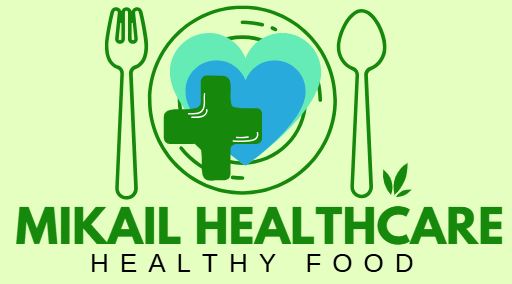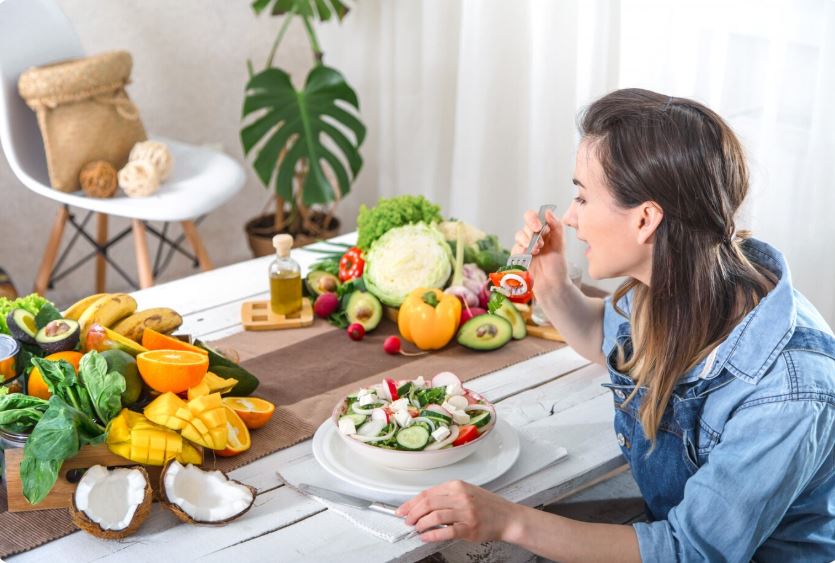Creating a balanced meal is one of the most effective steps you can take toward better health, sustained energy, and long-term wellness. A balanced meal provides your body with the essential nutrients it needs—carbohydrates, proteins, fats, vitamins, and minerals—in the right proportions. Whether you’re meal-prepping for the week or just trying to eat healthier at dinner, this guide will walk you through the essentials of building a balanced plate.
1. Start with the Foundation: Vegetables and Fruits
Vegetables and fruits should make up about half your plate. They’re rich in fiber, antioxidants, and vital nutrients that support everything from digestion to immune function.
- Aim for variety: Include a mix of colors to get a range of nutrients.
- Go for whole, fresh, or frozen options: Avoid canned products with added sugar or sodium when possible.
2. Add a Lean Protein Source
Protein is essential for building and repairing tissues, maintaining muscle mass, and keeping you full. Aim to fill about one-quarter of your plate with lean protein.
Examples:
- Animal sources: chicken, turkey, fish, eggs
- Plant-based options: beans, lentils, tofu, tempeh, edamame
- Dairy: Greek yogurt, low-fat cheese
3. Choose Whole Grains or Healthy Carbs
The final quarter of your plate should include whole grains or complex carbohydrates that provide sustained energy and essential nutrients like B vitamins and fiber.
Examples:
- Brown rice, quinoa, whole wheat pasta, oats
- Starchy vegetables like sweet potatoes, corn, or peas
Avoid: Refined grains like white bread or pastries, which can spike blood sugar and offer little nutritional value.
4. Include Healthy Fats
Fats are essential for hormone production, brain health, and nutrient absorption. While they should be consumed in moderation, they’re a critical part of a balanced meal.
Good sources:
- Avocados
- Nuts and seeds (almonds, chia seeds, flaxseeds)
- Olive oil, coconut oil
- Fatty fish like salmon or sardines
5. Don’t Forget Hydration
Water is often overlooked in meal planning, but it’s essential for digestion and nutrient transport. Aim to drink water with your meals, and limit sugary drinks or soda.
Sample Balanced Meal
- Grilled salmon (protein + healthy fat)
- Quinoa (whole grain)
- Steamed broccoli and carrots (vegetables)
- Mixed green salad with olive oil dressing
- Glass of water with a slice of lemon
Tips for Success
- Portion control matters: Even healthy foods can lead to overeating if portions are too large.
- Plan ahead: Meal prepping can help you avoid the temptation of fast food or snacks.
- Listen to your body: Eat when you’re hungry, stop when you’re full, and enjoy your meals mindfully.
Final Thoughts
Building a balanced meal doesn’t have to be complicated or time-consuming. By keeping your plate colorful, including all the essential food groups, and focusing on whole, minimally processed ingredients, you’ll not only fuel your body but also support your long-term health goals. Start with small changes and stay consistent—your body will thank you.


1 Comment
https://shorturl.fm/XXIOS